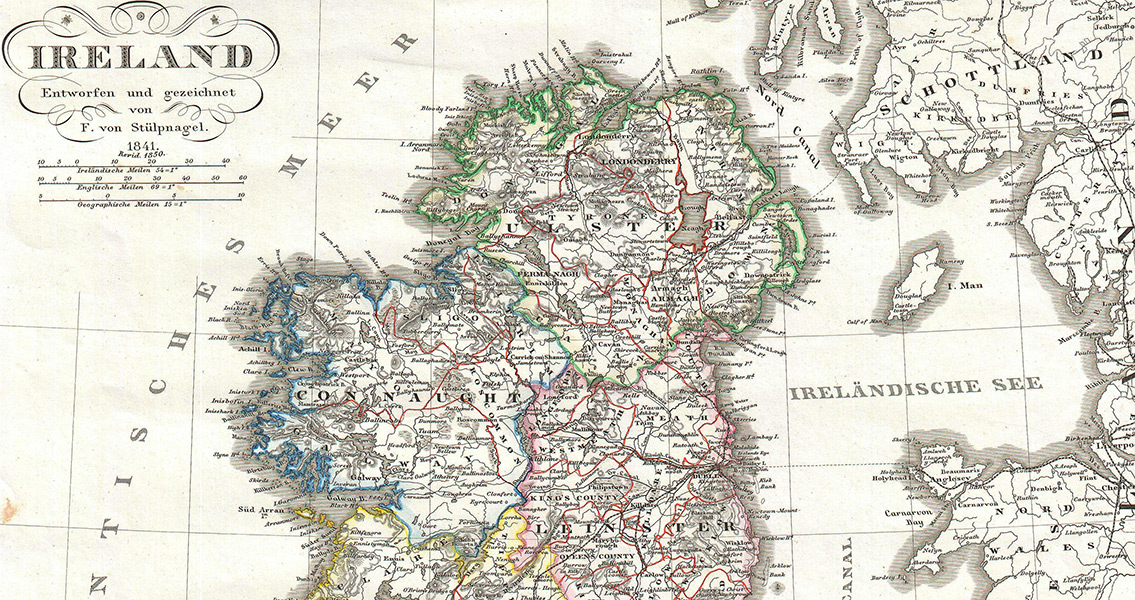<![CDATA[Archaeologists have recently uncovered new evidence of ancient human habitation, in an area of Ireland known as Tullaghoge Fort. The area, a hilltop, was used from the fourteenth to the seventeenth century CE, serving as the site where chieftains of the O'Neill clan were crowned and designated as clan leaders. The O'Neill clan was founded in 500 CE when bands of clansmen started to form alliances. Throughout the following centuries the clan changed leadership and had both political and military disagreements, until the dynasty eventually broke apart during the tenth century CE. This allowed the newest O'Neill clan, who were descendants of the original O'Neills, to take power. During the thirteenth century CE the neighbouring MacLaughlin clan challenged the O'Neill throne. The ensuing battles saw the O'Neills ferociously defeating and conquering the MacLaughlins, thus acquiring an unchallenged claim to power and rule over the whole of Ireland. It was these O'Neills that used the Tullaghoge Fort as a sacred political assembly place. The O'Neill dynasty lasted until roughly 1600 CE, but the O'Neill clan, as it is, still exists today, with descendants in the Americas, the UK, and around Ireland. Although hoping to find information about the O'Neills, the team of researchers and archaeologists have unearthed extremely surprising evidence concerning human beings that used the land millennia before the ancient clan. The uncovered remnants of ancient human activity could date to the time when people first arrived on the Irish coasts. The evidence is believed to point to human activity that likely dates back to a time around or even before 5,000 BCE. Archaeologist and team member, John O'Keefe, stated: "We were looking back 700 years and we got 7,000, that would be a good way to put it." The discoveries occurred as excavations took place prior to the construction of a new visitors' center. The excavators discovered flint tools and tool fragments dating back to between the seventh and ninth centuries CE. Excavators also found evidence at Tullaghoge Fort that could aid in the filling in of the fort's history, particularly for the period before the O'Neill clan had conquered and ruled the surrounding land. Among the discoveries were traces of cereal harvesting at the site, that seem to precede the seven thousand year old tools. O'Keefe explained: "We think we have a better understanding of the site as it would have been when the O'Neills were there, but now we have found this other layer of history that we didn't expect to find." Further study will be conducted upon the ancient artefacts, and the team hopes that their findings will aid in the understanding of ancient Irish history, providing greater detail about the people who first came to Ireland. ]]>
Ireland May Have Been Inhabited Since Before 5,000 BCE
